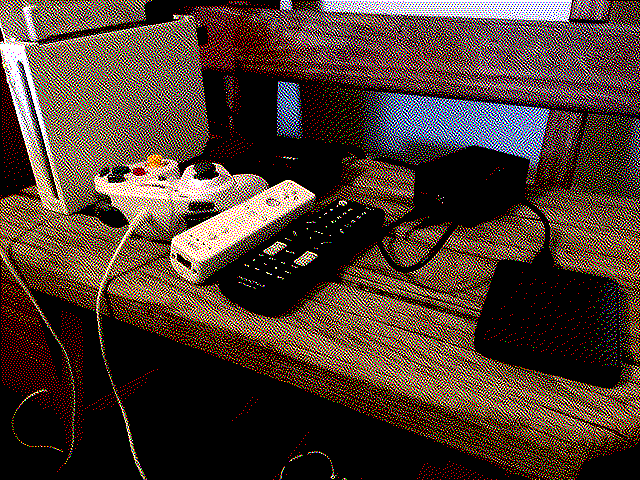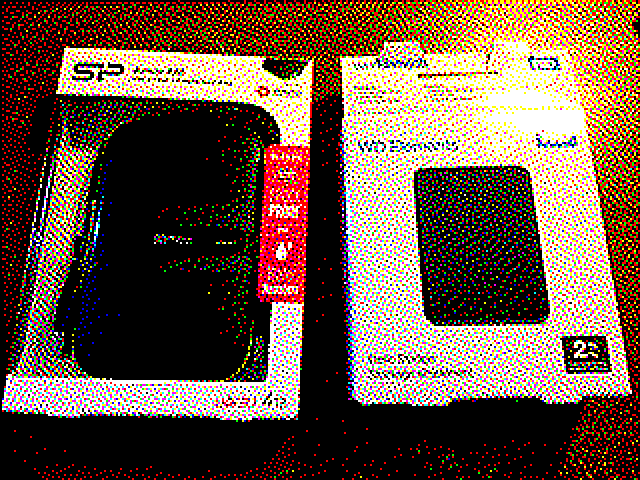Inside the Somnolescent Filebase
- Posted by mariteaux on January 5th, 2020 filed in Technologizing
- Comment now »
Late last year, I decided I wanted to up Somnolescent’s backup game, partially for everyone else and partially for myself. I’ve been accustomed to losing things so greatly over the past 5-6 years that I’ve largely just stopped keeping files. Seriously, don’t need them anymore? Delete. They’ll get lost anyway. It’s really kinda morbid and given how much I work on, it means all I end up with is the final product and not much else to show later on. It’s been making me sad lately, so time to fix that shit.
Around the same time, I finally decided to take the plunge into dedicated server hardware…even if it was merely hobbyist in nature. Indeed, I can’t fit a server rack into a bedroom, and the electrical bills probably wouldn’t be too friendly either. The Raspberry Pi has intrigued me for a while now, being that it’s so small, cheap, yet capable for a variety of tasks. While most people use them for emulation or what have you, I thought one could do the job of a simple NAS setup just fine, and perhaps other server work too.
So, two hard drives and a Pi 4 with all the fixings later, and we have Somnolescent’s new filebase.

And yes, that’s all sitting on a bench. In my room. Because fuck tables(?)
The entire setup of this thing has been remarkably simple and speedy—not something I was anticipating, given my previous misadventures with Linux. Raspbian does right what a lot of distros do wrong, and that’s come complete. Distros tend to operate under the assumption that your setup is relatively standardized, that you’re basically willing to compile everything from source if necessary, and that anything you can’t get as part of the distro, you can find in a package manager.
That’s why I’ve never cozied up to Linux. I’ve had too many bad experiences with Linux not playing nice with whatever proprietary stuff came inside whatever computer I tried it on, I hate compiling from source, and whatever you do find in a package manager most likely won’t work for some bizarre reason. (I remember Lubuntu begging for network-manager-gnome despite using LXQt and therefore not being able to use GNOME packages. It was a fucking mess and I still haven’t gotten wifi working on that laptop as a result.)
Raspbian’s about as friendly as they come. Out-of-the-box (and by out-of-the-box, I mean after I flashed Raspbian to the MicroSD card they sent me because it wasn’t already on there, but close enough, Etcher’s easy), I had wifi working, I was playing Beck through my TV, and after everything updated, we were off to the races. Yes, I know that having standardized hardware to play nice with isn’t a situation most distros can enjoy, but maybe that’s a sign that what they’re aiming to do isn’t working. Point is, Raspbian’s great.
I decided to go with OpenMediaVault instead of FreeNAS because it ran on top of Linux and therefore I kinda sorta knew my way around it, and I dunno if FreeNAS works on a Pi anyway. Thankfully, aside from a lengthy wait while it was setting up, all went without a hitch. I had to stream yesterday, so getting other users set up had to wait until this morning, but that’s been dead simple too. Knock on wood, perhaps, but permissions seem to be working fine and everyone can upload stuff, so I think we’re in the clear.

The heart of the filebase comes down to two external USB 3.0 hard drives, a 2TB WD Essentials drive for the always-on frontline drive and a 4TB Silicon Power Armor A60 for the redundant drive. The plan is to use the Essentials drive, and weekly, grab all the shared folders and back them up to the Armor drive. What killed my last two externals was having them plugged in all the time (plus general age), so hopefully, not having the redundant drive plugged in for the most part means it’ll last a while. (And those old drives lasted a few years each anyway, so if I go 2-4 years without buying another, I’ll be a goddamn fool anyway.)
Just…having backups. It’s a nice feeling. Makes you feel more secure.
